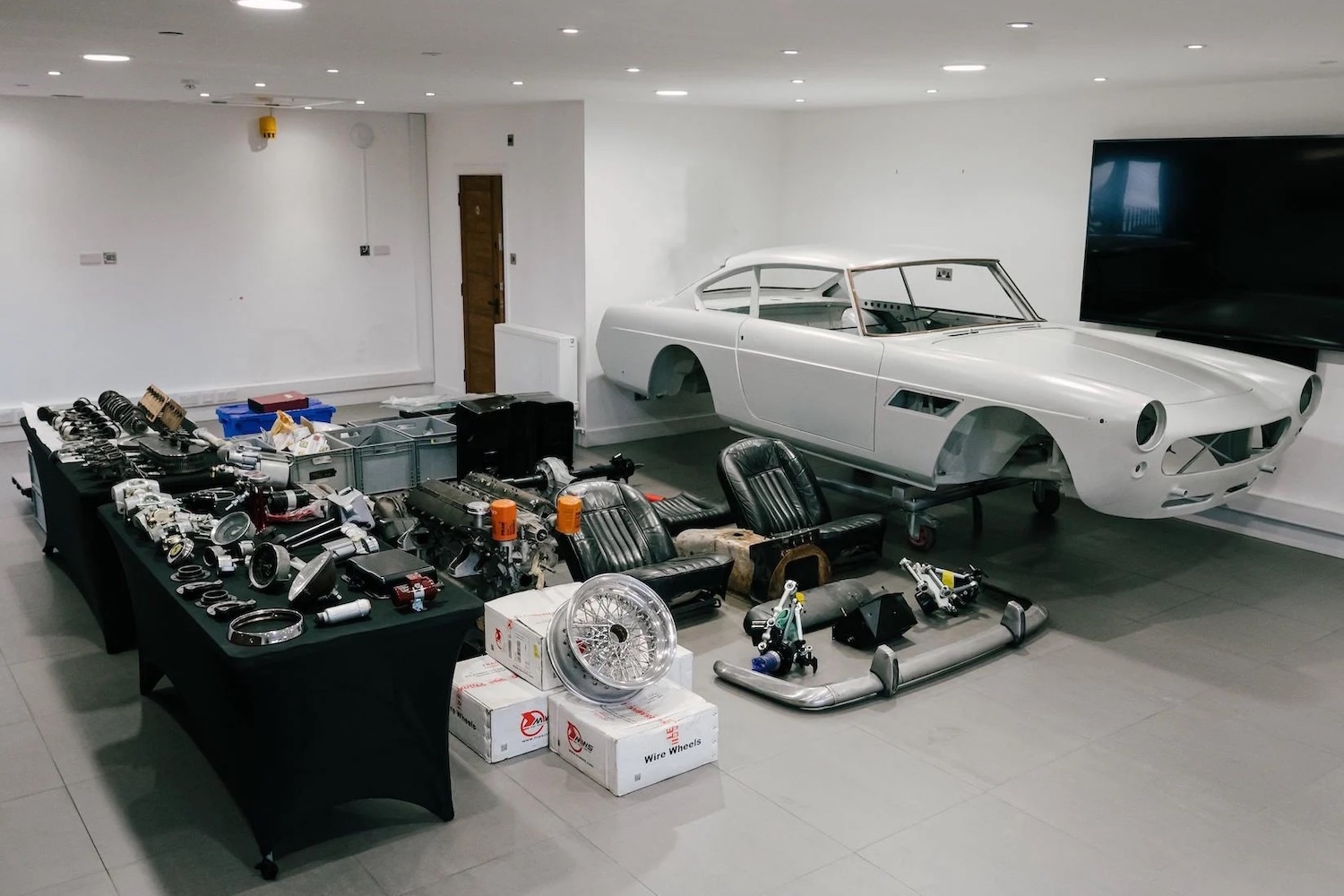Why Car Restoration Is the Ultimate Passion Project

Few experiences compare to bringing a car back from the edge of ruin. Restoration isn’t about convenience or cost; it’s about connection. Every bolt turned, every panel shaped, and every engine note reclaimed deepens that bond between person and machine.
Among true enthusiasts, restoration becomes a language of its own. Whether it’s a weathered Italian coupe or a long-forgotten muscle car, the process turns ownership into art. Each finished project reflects its builder’s patience, technical skill, and respect for engineering that endures long after the factory lights go out.
The Emotional Drive Behind Restoration
Most restoration stories begin with a spark of memory. Maybe it’s the car a parent once drove, a dream model glimpsed through a showroom window, or the thrill of rescuing something rare. These projects represent redemption, proof that determination can outlast rust and neglect.
There’s also a quiet rhythm in the work. Cleaning, sanding, tuning—each step rewards patience. It slows life down to the pace of a ratchet click or the hum of an orbital sander. The satisfaction builds with every small victory: a panel that finally aligns, an engine that fires after months of silence.
For many, the greatest reward isn’t the applause at a car show but the moment they realize they’ve preserved something worth remembering. It’s not just restoration; it’s a conversation between eras, carried out with a wrench and an open mind.
The Craftsmanship Factor: Where Precision Meets Passion
Every restored car tells a story, not through words but through workmanship. Beneath the glossy finish lies a thousand small decisions, measurements double-checked, welds polished to a smooth finish, components refitted until they feel right. That pursuit of perfection mirrors the discipline of exotic car manufacturing, where craftsmanship defines every detail.
True restoration demands respect for structure and material. The strength of a chassis or the straightness of a frame isn’t just about looks; it’s about how the car feels when it finally returns to the road. Experienced builders know that balance and precision matter more than speed.
The same standards that guide the creation of a hand-built supercar apply to great restoration work. Whether the job involves realigning body panels, reinforcing a chassis, or performing a detailed truck bed replacement, success comes from understanding materials and respecting the structure. That level of focus is what gives restored cars their lasting character.
Tools, Techniques, and Technology: How Restoration Has Evolved
Modern restoration blends traditional skill with advanced tools. Where past builders relied on intuition and muscle memory, today’s restorers have digital scanners, laser guides, and computer-aided paint systems to achieve factory-level precision. The goal hasn’t changed; only the methods have.
Technology has made it possible to recreate parts that haven’t existed for decades. Builders now use archived blueprints and 3D modeling to fabricate everything from carburetor components to body panels. Many also follow the same techniques used by professional heritage programs that preserve legendary race cars. Helpful insights from comprehensive restoration guides show how new materials and improved coatings enhance both safety and longevity without losing authenticity.
Even with all the innovation, restoration remains an art form that relies on human skill and expertise. The most advanced software can’t replace intuition, the feel of a wrench, the eye for alignment, or the pride that comes when a car’s first test drive feels exactly right.
Passion Meets Performance: Why Enthusiasts Keep Coming Back
Restoration offers a satisfaction that no showroom purchase can match. There’s the moment an engine coughs to life after years of silence, the smell of fresh fuel and warm metal, the feeling of history revived by hand. Those moments are why people fall in love with cars all over again.
Restored vehicles also carry a permanence. Each scratch filled and gasket replaced adds a layer to the car’s story, blending old and new in a way that feels personal. For collectors, the reward isn’t perfection; it’s connection.
Well-restored cars often retain or even grow in value, proof that skill and authenticity matter in any market. Insights into how inflation is affecting exotic car prices reveal that quality workmanship and historical integrity remain timeless currencies among enthusiasts. Whether it’s a weekend rebuild or a concours-level masterpiece, the satisfaction lies in knowing the work will outlive its maker.
Conclusion
Restoration is less about age or rarity and more about intention. It’s an act of preservation, a statement that craftsmanship and care still matter in a disposable world. Each rebuilt car represents persistence, patience, and a belief that the past can move forward under its own power.
The reward isn’t in trophies or resale figures but in the sound of a freshly tuned engine, the reflection of straight lines under shop lights, and the pride of seeing something whole again. Whether it’s a cherished classic or a modern performance car, restoration remains the truest expression of automotive passion, part memory, part mechanics, and entirely heart.
